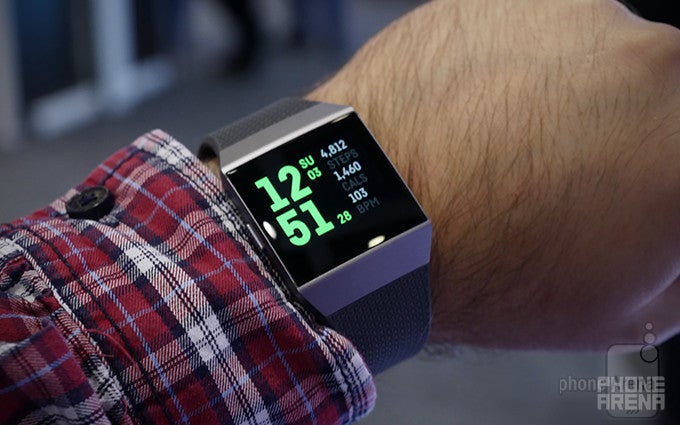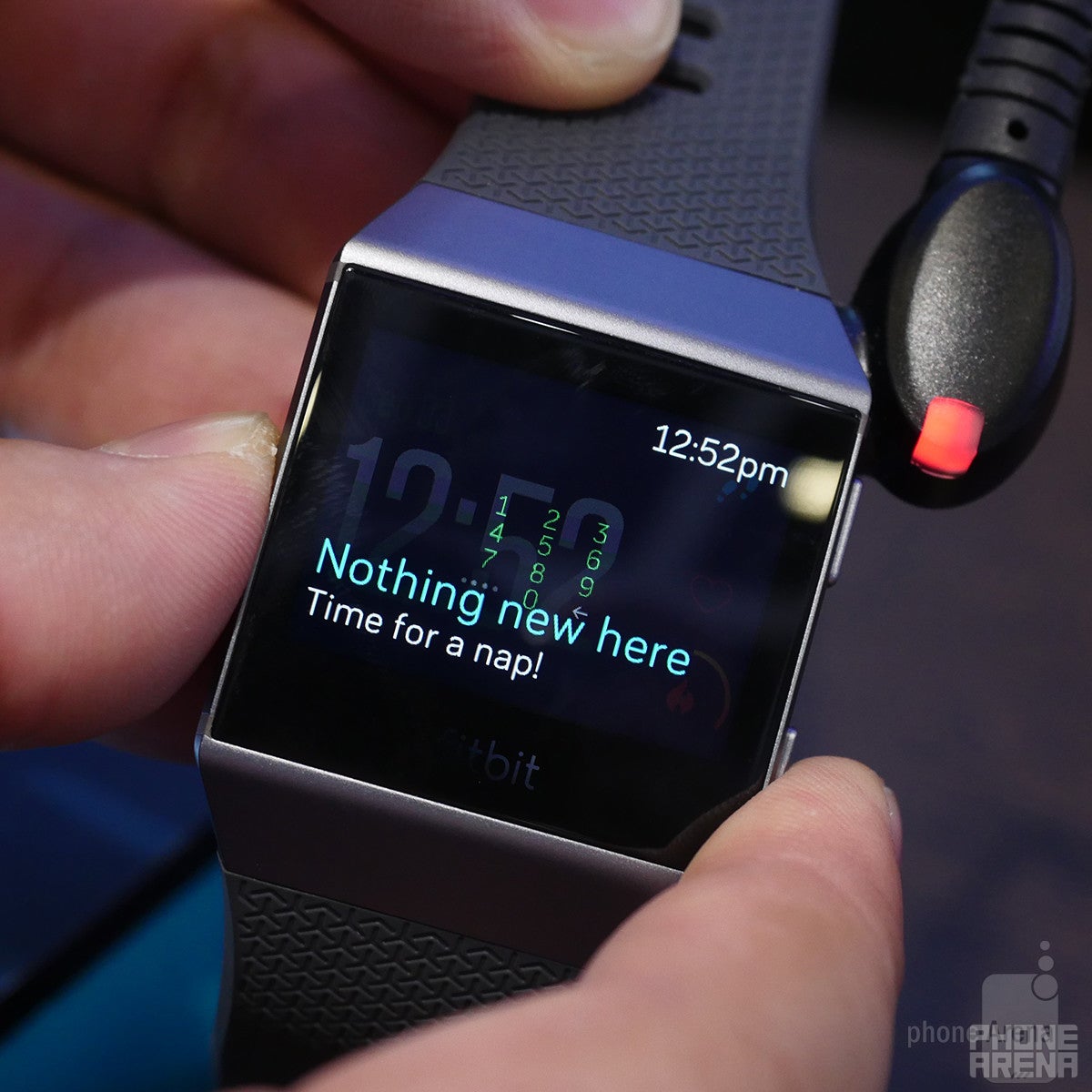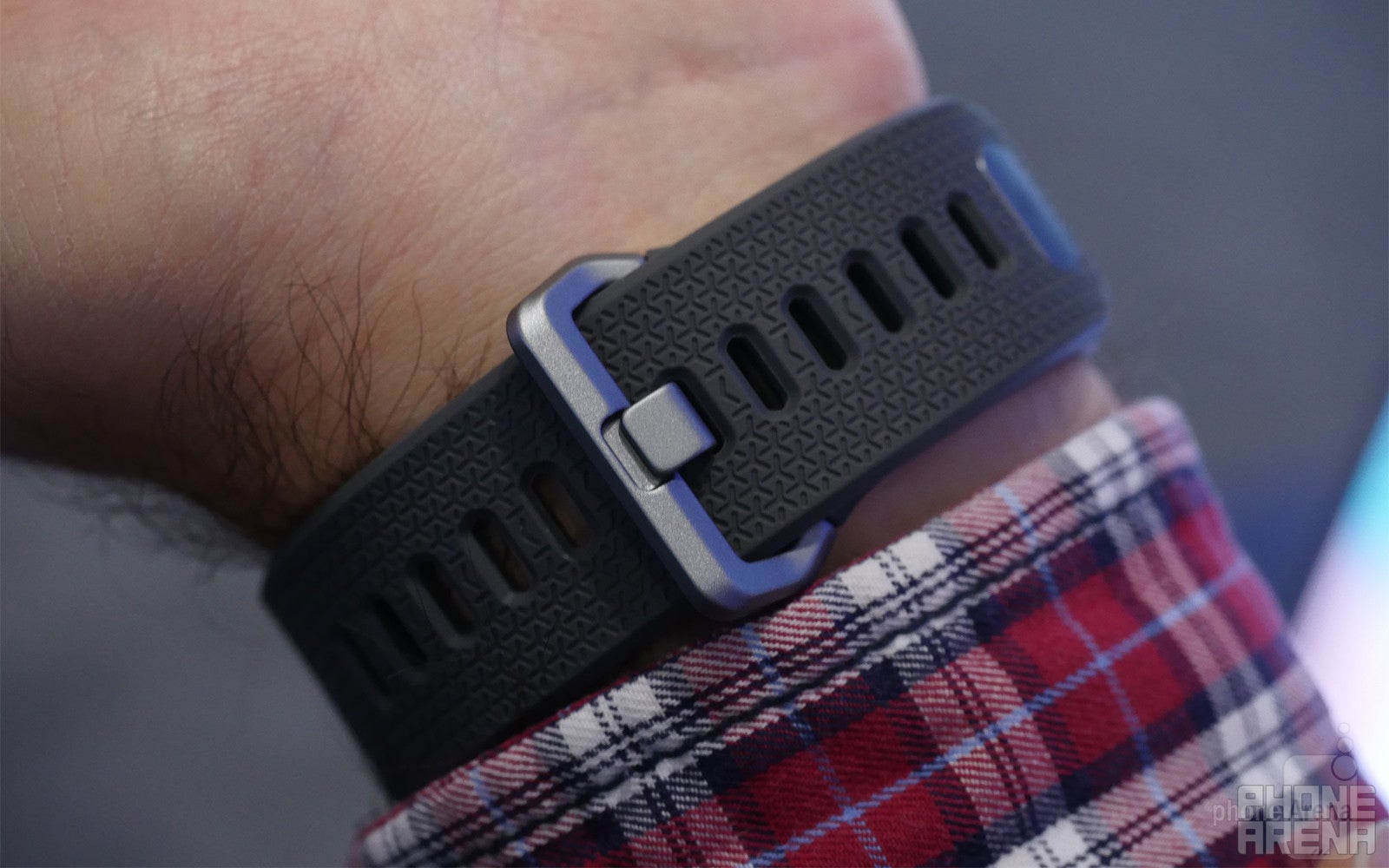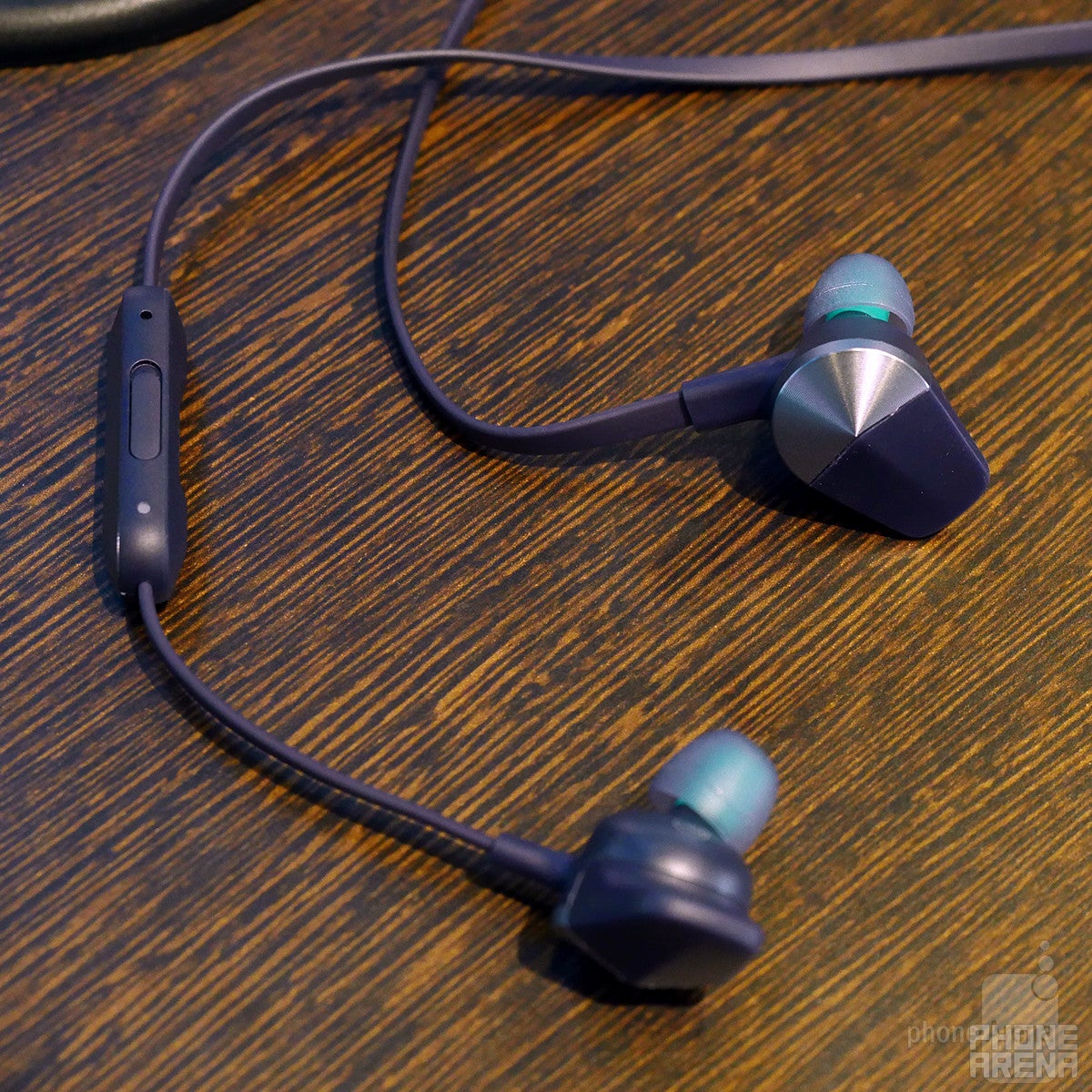Fitbit Ionic and Fitbit Flyer hands-on

But for the longest time Fitbit's lineup was missing one key piece: a smartwatch. A device that does all the everyday stuff you'd normally expect from a wearable, but stuffed inside a more stylish chassis that can easily fit in with both a casual and a formal dress code.
And while last year's Fitbit Blaze sort of fits this bill, the recently-announced Fitbit Ionic is most definitely the company's best weapon against the likes of Samsung's Gear S series and the Apple Watch.
In between the flurry of smartphones at this year's IFA expo in Berlin, we managed to sneak in some hands-on time with the Ionic, as well as the Fitbit Flyer, the manufacturer's new pair of wireless earphones. So read on ahead to find out our first impressions of the two devices:
Fitbit Ionic

Relatable
But still, its unapologetically angular profile makes it look more like a miniature computer rather than a watch — sort of the spiritual successor to the calculator watch that defined the style of the mid 1970s. So here the minimal elegance found in the Apple Watch has been replaced by something much bolder and eye-catching, which may be a problem for some people.
The straps come in three different types: classic, sport, and leather, the latter of which we didn't get the chance to try on in person. The other two variants are both made out of rubber, with the classic utilizing a weird dual clasp design we had some slight problems fastening — though we imagine the finger gymnastics involved will quickly become second nature to owners of the device.

Using the Ionic was as a pretty straightforward experience: the interface is clean and simple to read, and is further enhanced by the watch's screen, which seemed surprisingly good and bright, though its size is considerably smaller than the all-black front would lead you to believe. And while the sharp angles look slightly threatening at first glance, we experienced no issues with comfort while wearing it.
Functionality-wise, the Ionic takes some clear jabs at Apple: its OS supports some major features like standalone apps not tethered to a smartphone and contactless mobile payments. The latter of these is given particular importance, actually, with a long press on the large button on the left edge immediately activating the payment screen.
Then there's the built-in Fitbit Coach, a "personal trainer" designed to give workout recommendations and encouragement to the user, but whose full functionality is hidden behind a paywall. And, of course, the ability to stream music to your Bluetooth headset right from the watch itself (with storage of "up to 300 songs").
But besides those, all the key wearable features are there: heart rate monitoring, GPS, 5 ATM water resistance, as well as workout detection and sleep tracking. Also, Fitbit promises up to 4 days of battery life, though that is reduced to just 10 hours with GPS turned on.
Given how brief our hands-on period was, we obviously couldn't test most of these features for ourselves. Still, Fitbit has a decent track record of getting the basics right, but for now we'll reserve judgement on whether the Ionic is worth its $299 asking price.
Fitbit Flyer

In simple terms, the Flyer is a pair of sport neckbuds, but with the neckband completely replaced by a singular cable. But what's most interesting about their construction are the "wings" attached to the outside of each earphone, designed to keep it firmly plugged in. Those felt a tad weird, but not enough to make the Flyer uncomfortable. Plus, they are removable, and come in several different sizes and styles, so there's bound to be a configuration that works for most people out there.
They're obviously designed to be used alongside the Ionic and its new Bluetooth audio functionality, but will obviously work with any smartphone out there. To that effect, they also have the classic music and call controllers embedded into the cable, alongside a microphone with built-in noise cancellation.









Things that are NOT allowed: